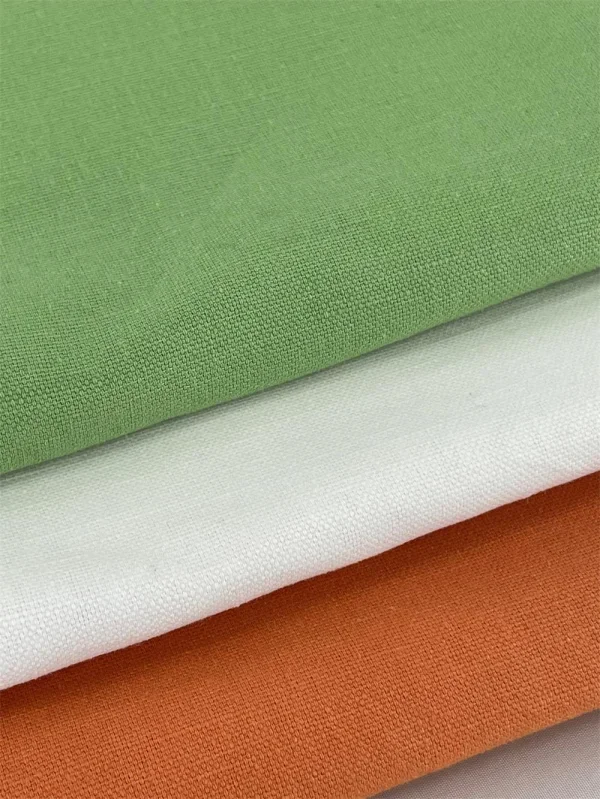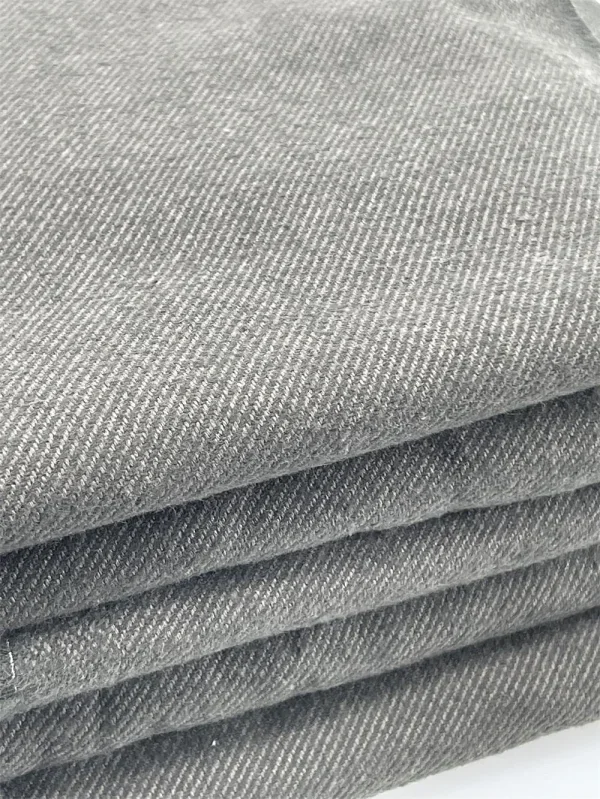The yarn dyed fabric industry has witnessed significant growth and evolving trends in recent years. As the demand for high-quality and unique textiles increases, manufacturers and designers are turning to yarn dyed fabrics to meet consumer expectations. In this article, we will delve into the market insights, examining the growth drivers and the emerging trends shaping the yarn dyed fabric industry.
Growing Demand for Customization and Unique Designs
In today's consumer-driven market, customization and unique designs are gaining prominence. Yarn dyed fabrics offer endless possibilities for creating distinctive patterns, textures, and color combinations. This flexibility has led to an increased demand for customized and one-of-a-kind textile products, such as apparel, home furnishings, and accessories. From plaids and stripes to intricate jacquard weaves, yarn dyed fabrics provide designers and manufacturers with the freedom to execute their creative vision.

Sustainable and Eco-Friendly Practices
Sustainability has become a key focus in the textile industry, and yarn dyed fabrics are no exception. Manufacturers are adopting eco-friendly dyeing processes, using low-impact dyes, and exploring natural and organic fibers. This shift towards sustainable practices is driven by consumer awareness and the need to reduce the industry's environmental footprint. Yarn dyed fabrics, with their longevity and resistance to color fading, align well with the principles of sustainability. Additionally, some manufacturers are investing in recycling technologies to minimize waste and improve resource efficiency.
Technological Advancements in Dyeing Techniques
Technological advancements have revolutionized the yarn dyed fabric industry. Innovative dyeing techniques, such as digital printing and laser engraving, have enhanced the precision and efficiency of color application. These technologies allow for intricate designs, rapid prototyping, and reduced water and chemical usage, making them both cost-effective and environmentally friendly. Furthermore, digital printing has opened up new opportunities for customization by enabling designers to create highly detailed and complex patterns with ease.
Rising Demand in Fashion and Home Furnishing Sectors
The fashion and home furnishing sectors are major consumers of yarn dyed fabrics. The fashion industry, in particular, has embraced the versatility of yarn dyed fabrics, using them in high-end apparel and accessories. From luxurious suits and shirts to vibrant dresses and scarves, yarn dyed fabrics offer a sophisticated and refined look. Home furnishing brands are also incorporating yarn dyed fabrics in their collections to create a luxurious and sophisticated ambiance. Curtains, upholstery, and bedding made from yarn dyed fabrics exude elegance and add a touch of timeless charm to any interior space. The increasing demand from these sectors has contributed to the overall growth of the yarn dyed fabric market.

Global Expansion and Emerging Markets
The yarn dyed fabric industry is witnessing a global expansion, with emerging markets playing a significant role. Countries like India, China, and Bangladesh are becoming major players in yarn dyed fabric production. These emerging markets offer cost advantages, skilled labor, and access to raw materials. Additionally, local manufacturers are investing in advanced machinery and adopting international quality standards to cater to the growing demand. The rise of e-commerce platforms has further accelerated the global reach of yarn dyed fabrics, allowing manufacturers to connect with customers worldwide.
Conclusion
The yarn dyed fabric industry is experiencing robust growth, driven by factors such as customization, sustainability, and technological advancements. With the increasing demand for unique designs and eco-friendly practices, yarn dyed fabrics are gaining popularity in the fashion and home furnishing sectors. The industry's expansion into emerging markets further propels its growth trajectory. As consumers continue to prioritize individuality and sustainability, the yarn dyed fabric industry is poised to flourish in the coming years.
The market insights discussed in this article provide a glimpse into the dynamic and evolving nature of the yarn dyed fabric industry. Manufacturers, designers, and consumers alike can benefit from staying abreast of these trends to make informed decisions and embrace the endless possibilities offered by yarn dyed fabrics. By leveraging customization, sustainable practices, and technological advancements, the yarn dyed fabric industry can continue to meet the ever-changing demands of the modern textile market.